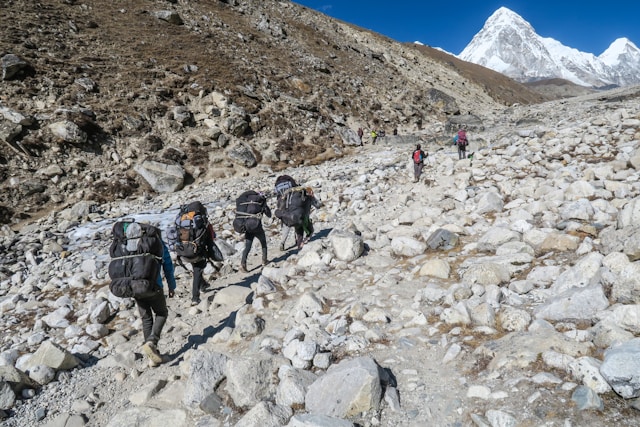The title of the world’s largest mountain can refer to different measures, such as height above sea level, total height from base to summit, or overall mass. Here are the distinctions involving Mount Everest and Mauna Kea:
Mount Everest: The World’s Largest Mountain (Above Sea Level)
- Height Above Sea Level: Mount Everest is the tallest mountain in the world when measured from sea level, standing at 8,848.86 meters (29,031.7 feet).
- Location: It is located on the border between Nepal and the Tibet Autonomous Region of China, forming part of the Himalayan range.
- First Ascent: The first confirmed summit was achieved by Sir Edmund Hillary of New Zealand and Tenzing Norgay, a Sherpa of Nepal, on May 29, 1953.
- Significance: Everest is a renowned symbol of human exploration and challenge, attracting climbers from around the world who seek to reach its summit.
Mauna Kea: The largest mountain in the world from its base at the bottom of the Pacific
- Total Height from Base to Summit: When measured from its base at the bottom of the Pacific Ocean, Mauna Kea in Hawaii is the tallest mountain in the world, with a height of about 10,211 meters (33,500 feet). Above sea level, it measures 4,207.3 meters (13,803 feet).
- Location: Mauna Kea is situated on the Big Island of Hawaii.
- Unique Features: It is a dormant volcano, and its summit is considered one of the best astronomical observation sites on Earth due to its high altitude, dry environment, and stable airflow.
- Cultural Importance: Mauna Kea holds significant cultural and spiritual importance to Native Hawaiians, serving as a sacred place.
Significance of Both:
- Scientific Value: Both mountains are of significant scientific interest. Everest’s geology provides insights into tectonic plate movements, while Mauna Kea hosts some of the world’s leading astronomical observatories.
- Environmental Concerns: Mount Everest faces challenges such as pollution and overcrowding, while Mauna Kea is the focus of debates over telescope construction and its impact on cultural heritage.
Fun Facts:
- Climbing Seasons: The most favorable time for climbing Mount Everest is typically during May and sometimes late autumn, where weather windows offer safer conditions.
- Diverse Ecosystems: Despite its barren summit, Mauna Kea boasts diverse ecosystems from tropical rainforests at lower elevations to alpine deserts near the peak.
Each mountain holds its own unique title: Mount Everest for its height above sea level and Mauna Kea for its sheer height from base to summit. Both are marvels of natural formation that continue to captivate people globally, both for their natural beauty and the challenges they pose.

